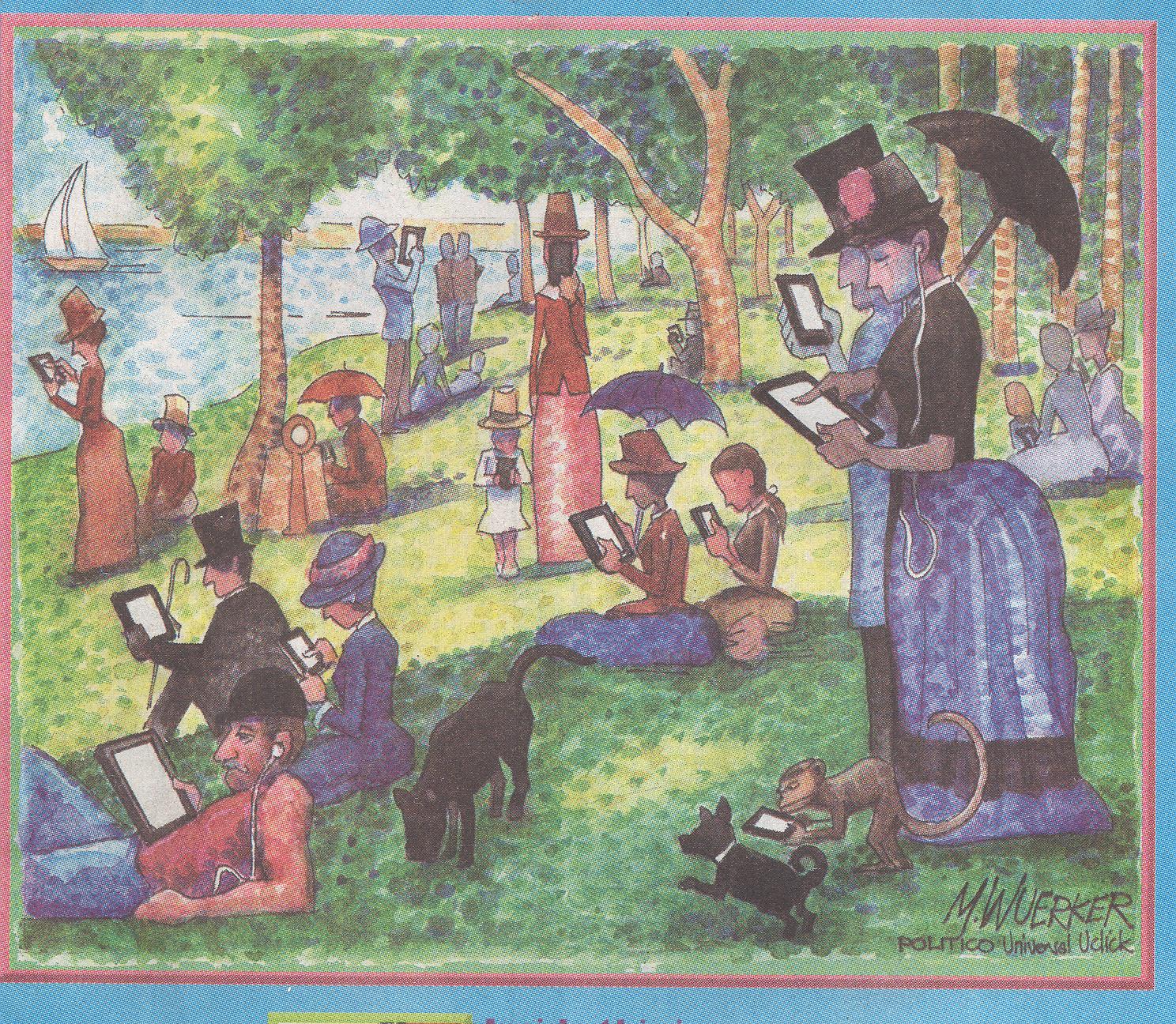- Name (that you want me to call you)
- Hometown
- What is your calling? ("a calling has to do with one's larger purpose, personhood, deepest values, and the gift one wishes to give the world.... A calling is about the use one makes of a career." David Orr, Earth in Mind)
- What is your dream job?
- What is something special about you?
I'm also passing around a sheet to gather information on your backgrounds. If you have taken a course (or have some competence) in an area, put a check mark in that box. In particular notice that there are two software packages mentioned: Mathematica and R.


I have instituted the "Class Agreement". I'll have everyone sign it who wishes to remain in class.

We obviously have computers readily at hand: I hope that you will use them only for course activities, and not to sell all your stuff on Ebay during class (unless you split the profits 24 ways)....
-
A moment of reflection upon the pre-reqs....
Given the pre-reqs, I am bound by my sense of duty to assume that you will need some basic introductions to
- multivariate calculus
- linear algebra
- differential equations
(unless I were to discover, miraculously, that you have all had any one or all of these courses).
If you have already had these courses, wonderful! Please don't assume that others have, however, and please be patient if you feel that something is "obvious": you may be at an advantage, and should simply be glad that you are able to easily move ahead.
If you have not had these courses, and want more help when we get to these topics, please let me know!
- A few special math modeling aphorisms:
- Pounding nails doesn't make you a carpenter.
Most math classes focus on the tool; we want to focus more on the trade. - When all you have is a hammer, everything looks like a nail.
Be careful that you don't use the wrong tool just because you have it at easily at hand. - Tell me and I'll forget; show me and I may remember; involve me,
and I'll understand.
For this reason, this class is not going to be a "stand and deliver" lecture course. The students are the key to making a modeling class good!
This is a shop class: in the end you'll have one of those shop projects to take home, like the tie rack for your dad....
- Pounding nails doesn't make you a carpenter.
- Modeling class versus other classes
In most math classes, as mentioned above, we study the tool, and then occasionally look at "applications" (e.g. story problems). In this class, we start with the story problem, and hit it with anything we've got!
Of course we will be learning some tools, as well. But hopefully only "just in time" to solve problems.
Unlike most math classes, math modeling thrives on the open-ended question: these is no "right" answer; no "right" approach:
- All models are wrong; some models are useful. (attributed to George Box).
-
Similarly, there are many ways to approach a problem: success may be
achieved by any number of different routes (and failure is easy!:).
An apocryphal story (but one too fun not to share!:): Neils Bohr and the barometer.
We value creativity and imagination more in math modeling than in nearly any other course. By the way, here is a mathematical model for calculating the height using a barometer in the boring way!
- In spite of the uncertainties involved in modeling, there are some useful
strategies (I like George Polya's How to Solve It). I call Polya's the
"UPCE" (oopsie) approach, with good reason! (Here's a
handout summarizing his strategy):
- Understand
- Plan
- Carry out
- Evaluate
- Math Modeling is UPCE in disguise (e.g. Charles Collins's Modeling
Cycle in his Intro to Modeling handout).
Collins adds an important unstated part to Polya's strategy: simplification (which would fall into the Planning part of Polya's UPCE).
- Things should be as simple as possible, but not simpler. (attributed to Einstein).
- KISS: Keep It Simple Stupid
- Occam's Razor: I like this formulation: when you have two competing theories that make exactly the same predictions, the simpler one is the better.
- While there are many axes of math modeling, we'll be focused primarily on
these three:
- Continuous versus Discrete
- Deterministic versus Stochastic
- Empirical versus Mechanistic (or Structural)
I think of the last of these three is the most important. I generally like to talk about "pattern and process" (which "empirical and mechanistic" attempt to capture).
Mathematicians look for patterns. Absent any pattern, one does not attempt any modeling!
Once one identifies a pattern, one may model the pattern without understanding why it's there (empirical); but one begins to ask "why that pattern?", at which time one is moving towards identifying a process (structural) which causes that pattern.
Each dichotomy generally comes with
- Projects: there are already three questions that have arisen recently,
the answers to which I do not know:
- Are surface temperatures in Togo, West Africa, rising? (This one was provided by my brother-in-law Binao, who works in the ministry responsible for Togolese meteorology.)
- Can we use historical Wood County, OH temperature data to test whether surface temperatures have risen there in the last 150 or so years? Whether, in fact, predictions of climate scientists have been borne out there?
- When will the Keeling curve (atmospheric CO2) concentrations exceed 450 ppm?
- There are ten Togolese cities for which we have time series of
temperature measurements, each on a separate sheet in an Excel
spreadsheet.
1 Lome 2 Tabligbo 3 Kouma-Konda 4 Atakpame 5 Sotouboua 6 Sokode 7 Kara 8 Niamtougou 9 Mango 10 Dapaong - Each of you will be assigned a group. Each group will take one city.
- Here are time series for maxes and mins, exactly as my
brother-in-law provided them, describing these files as
containing "the minimum and maximum
temperature data that we used to determine the break. these
are annual averages."
- Plot your group's data (temperature versus time -- one series for minima, one series for maxima). What is your initial impression for each series, for your city?
- For Wednesday you will provide me your two graphs, and your impressions. You may do the graphs by hand, or using any software. Your impressions should be like captions to the graphs.